- Real-Time Front-End Updates in Livewire
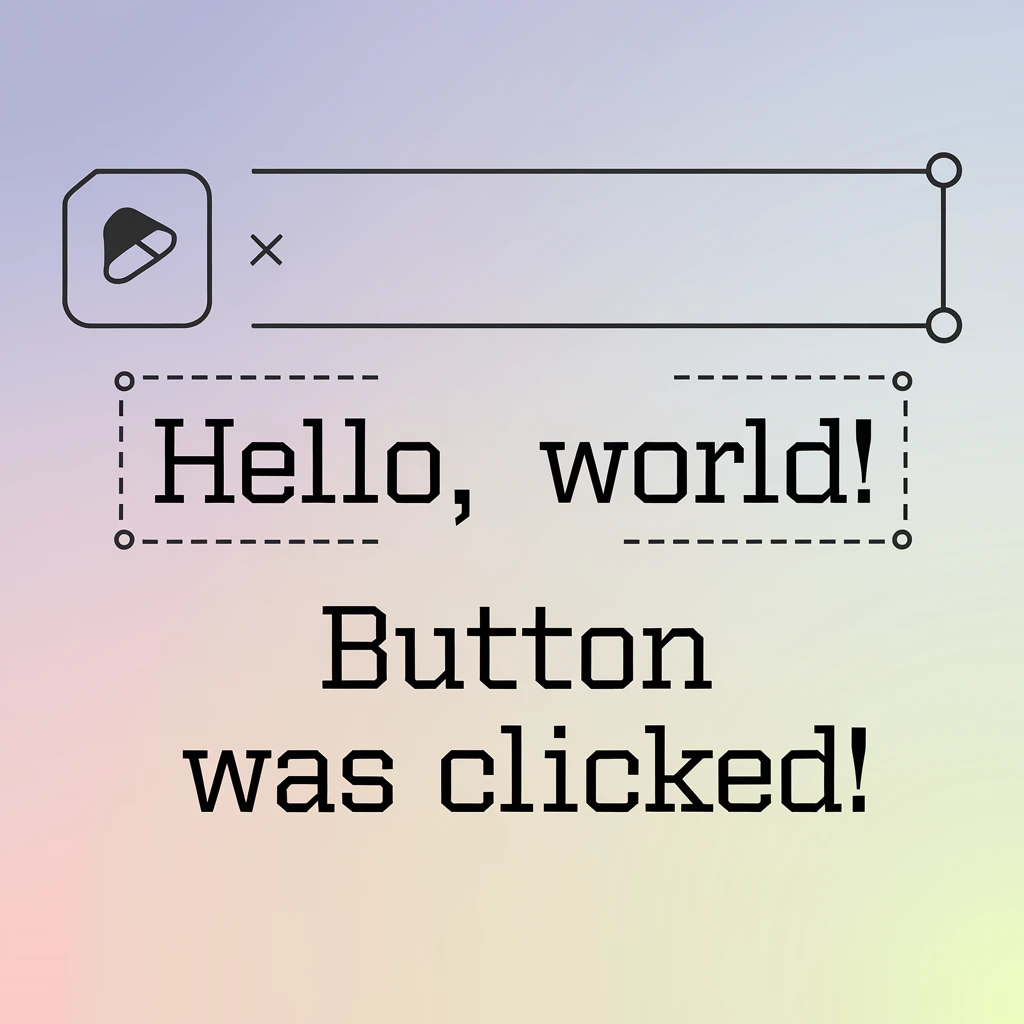
- 6 months ago
- 8 min read
Real-Time Front-End Updates in Livewire A Game-Changer for Laravel Developers. In modern web development, creating dynamic and responsive interfaces that update in real-time is essential for delivering a smooth user experience. Traditionally, achieving this required writing extensive JavaScript code or using frameworks like Vue.js, React, or Angular. However, Livewire has revolutionized this process for Laravel developers by offering a simple, PHP-centric way to build dynamic front-end applications without relying heavily on JavaScript. One of Livewire’s most powerful features is real-time front-end updates, which allows developers to synchronize data between the front-end and back-end effortlessly.
This blog will dive deep into how Livewire handles real-time updates, why it's a game-changer, and how you can leverage this feature in your Laravel applications.
What Are Real-Time Front-End Updates?
Real-time front-end updates mean that changes made to the state or data of an application are immediately reflected in the user interface without requiring a full-page refresh or reloading the page. In traditional web development, this process requires either manual interaction (like submitting a form) or complex JavaScript solutions. Livewire makes this much simpler by allowing data changes on the server to automatically update the DOM (Document Object Model) on the client-side.
How Livewire Achieves Real-Time Updates
Livewire bridges the gap between PHP on the server and the DOM on the client, keeping them in sync. The process is as follows:
- User Interaction: The user interacts with the front-end, such as clicking a button, submitting a form, or typing into an input field.
- AJAX Request: Livewire automatically captures the interaction and sends an AJAX request to the server.
- Server-Side Logic: The request triggers the relevant method or logic in the Livewire component, where data manipulation or business logic is performed.
- DOM Diffing: Livewire returns the updated state to the front-end, and only the changed portions of the DOM are updated. This process is known as "DOM diffing," ensuring that only the necessary parts of the UI are re-rendered without refreshing the entire page.
Example: Real-Time Search Component
Let’s create a real-time search functionality to understand how Livewire implements real-time updates.
Step 1: Creating a Search Component
You can generate a new component with the following Artisan command:
php artisan make:livewire Search
Step 2: Defining the Component Logic
In the Search.php file, you’ll define the logic for searching users in real-time:
<?php namespace App\Http\Livewire; use Livewire\Component; use App\Models\User; class Search extends Component { public $searchTerm = ''; public function render() { $users = User::where('name', 'like', '%' . $this->searchTerm . '%')->get(); return view('livewire.search', [ 'users' => $users, ]); } }
In this example, the $searchTerm property holds the user’s input, and the render() method retrieves users from the database whose names match the search term.
Step 3: Creating the Blade View
Next, in the search.blade.php file, we will create the HTML structure to display the search box and results:
<div> <input type="text" wire:model="searchTerm" placeholder="Search Users..." /> <ul> @foreach($users as $user) <li>{{ $user->name }}</li> @endforeach </ul> </div>
In this Blade view:
- The wire:model="searchTerm" directive binds the input field to the $searchTerm property in the component. This means that as the user types, the value of $searchTerm is updated in real-time.
- The list of users is dynamically updated based on the search term, and Livewire ensures that the DOM reflects these changes without requiring a page reload.
Step 4: Using the Component
To use this component in your application, you can include it in any Blade view like so:
<livewire:search />
Now, as users type into the search box, the list of users will update in real-time without the need for any JavaScript, demonstrating the power of Livewire’s real-time front-end updates.
Advantages of Real-Time Updates in Livewire
1. Simplifies Development Workflow
One of the biggest advantages of Livewire is its simplicity. You don’t need to write any JavaScript to achieve real-time updates—everything is handled with PHP and Blade. This dramatically simplifies the development workflow for Laravel developers who are more comfortable with PHP than JavaScript.
By reducing the reliance on JavaScript, Livewire enables developers to focus on the server-side logic while still providing a responsive, real-time experience to users.
2. Improved User Experience
Real-time updates significantly improve the user experience by eliminating the need for full-page reloads or manual refreshes. This makes the application feel faster and more responsive, as users can see changes immediately. For example, in an e-commerce application, users can add items to their cart, update quantities, or apply filters in real-time, making interactions seamless and intuitive.
3. DOM Diffing for Efficient Rendering
Livewire uses a technique called DOM diffing, which ensures that only the parts of the page that have changed are updated, rather than re-rendering the entire page. This results in faster updates and more efficient resource usage.
For instance, if only a small portion of the page changes—such as a single item in a list—Livewire will update just that item without affecting the rest of the page. This optimizes performance and reduces unnecessary network and processing overhead.
4. Laravel Ecosystem Integration
Because Livewire is built specifically for Laravel, it integrates seamlessly with other Laravel features such as Eloquent models, routing, validation, and middleware. This means that you can leverage the full power of Laravel while building real-time applications without needing to learn new paradigms or frameworks.
For example, form validation can be handled in the same way it’s done in Laravel, but the validation errors are displayed in real-time without reloading the page:
$this->validate([ 'email' => 'required|email', 'password' => 'required|min:6', ]);
5. Reduced JavaScript Complexity
For developers who are not well-versed in JavaScript, or who prefer to avoid the complexities of managing both PHP and JavaScript codebases, Livewire is a perfect solution. Real-time front-end updates are handled entirely on the server-side with PHP, reducing the need for writing and maintaining complex JavaScript code.
With Livewire, developers can achieve interactivity similar to JavaScript-heavy frameworks like Vue.js or React, but using the tools they are already familiar with—Blade templates and PHP classes.
Common Use Cases for Real-Time Front-End Updates
Real-time updates are useful in various scenarios, making the web application more dynamic and interactive. Below are some common use cases where real-time updates can make a significant difference:
- Search Functionality: As demonstrated earlier, real-time search updates as the user types, providing instant feedback and results without requiring a form submission or page reload.
- Live Chat Applications: Livewire can be used to build real-time chat interfaces, where messages sent by users are immediately displayed to all participants in the conversation.
- Forms and Validation: Forms can be validated in real-time, showing users feedback on their inputs without needing to submit the form. For example, users will see if an email address is already taken before submitting the form.
- Shopping Cart Updates: E-commerce applications can update the shopping cart in real-time when users add or remove products, adjust quantities, or apply discount codes.
- Dashboard Metrics: Real-time metrics can be displayed on admin or user dashboards, providing up-to-date information without requiring manual refreshes.
Conclusion
Real-time front-end updates in Livewire are a powerful feature that simplifies building dynamic, interactive applications within the Laravel ecosystem. By enabling real-time synchronization between the server and the client, Livewire provides developers with an efficient and effective way to enhance user experiences without needing to dive into complex JavaScript code.
Whether you’re building a live search, chat application, or real-time dashboard, Livewire’s real-time updates offer a seamless way to keep the front-end and back-end in sync. For Laravel developers looking to add interactivity to their applications while maintaining a PHP-centric workflow, Livewire is a game-changer.
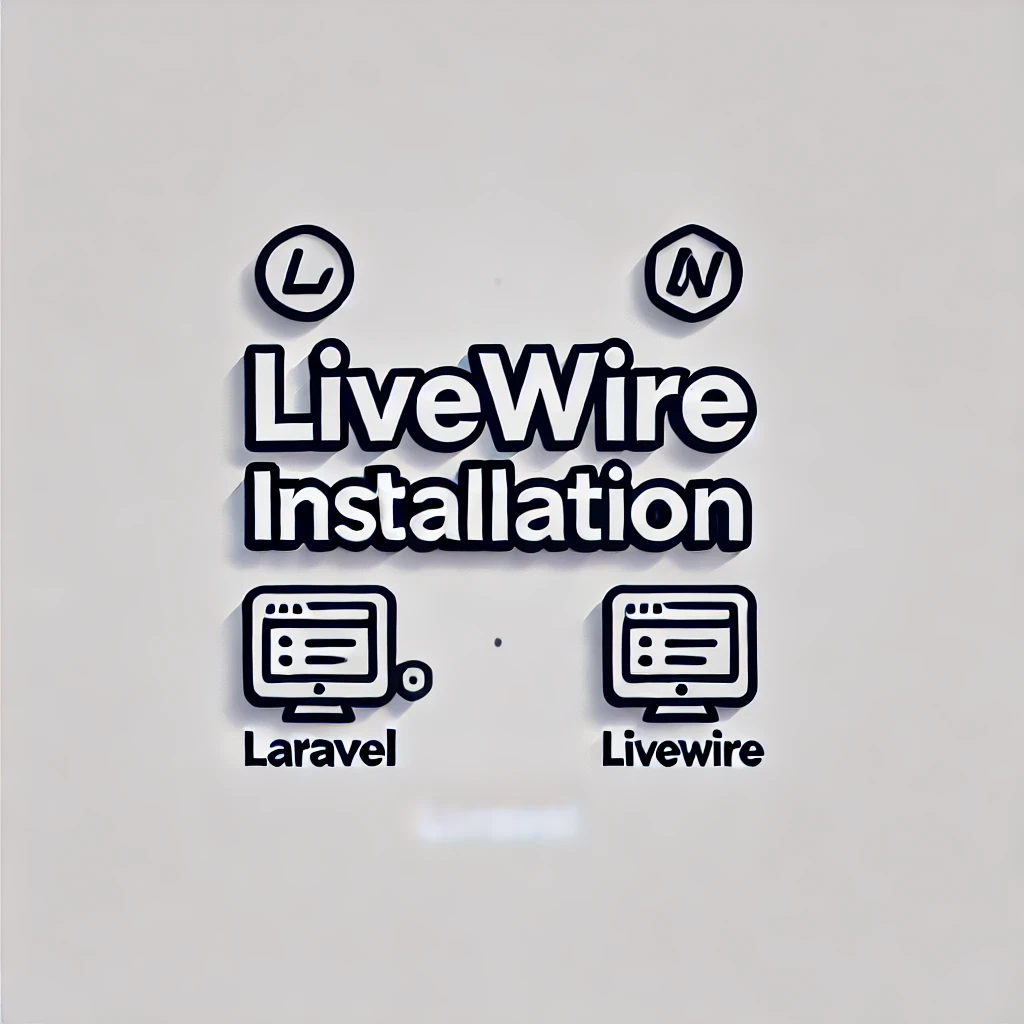
Step-by-step tutorial to install Livewire

Livewire Key Features That Make It Stand Out

What is Component-Based Architecture ?

Real-Time Front-End Updates in Livewire

Zero JavaScript in Livewire Revolutionizing Laravel Development
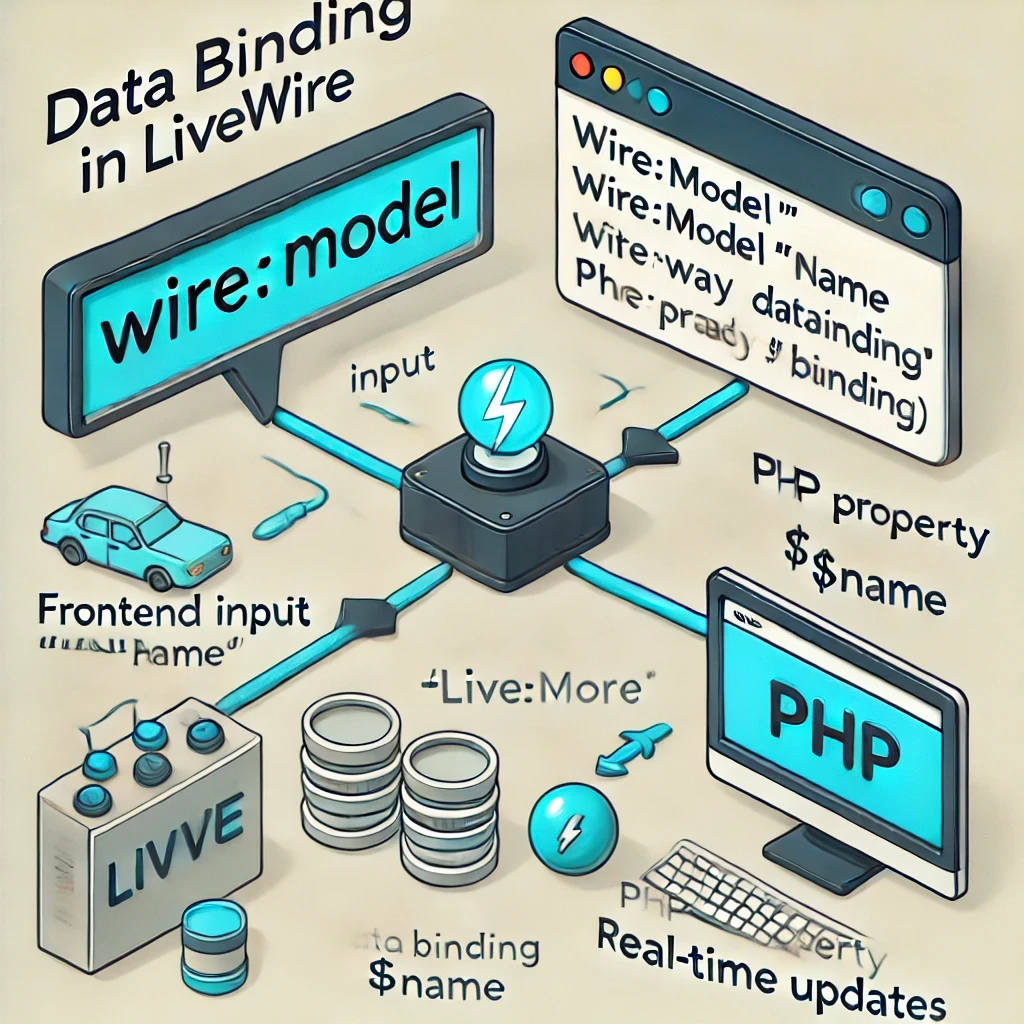
Data Binding in Livewire A Seamless Way to Sync Data

File Uploads Made Easy in Livewire
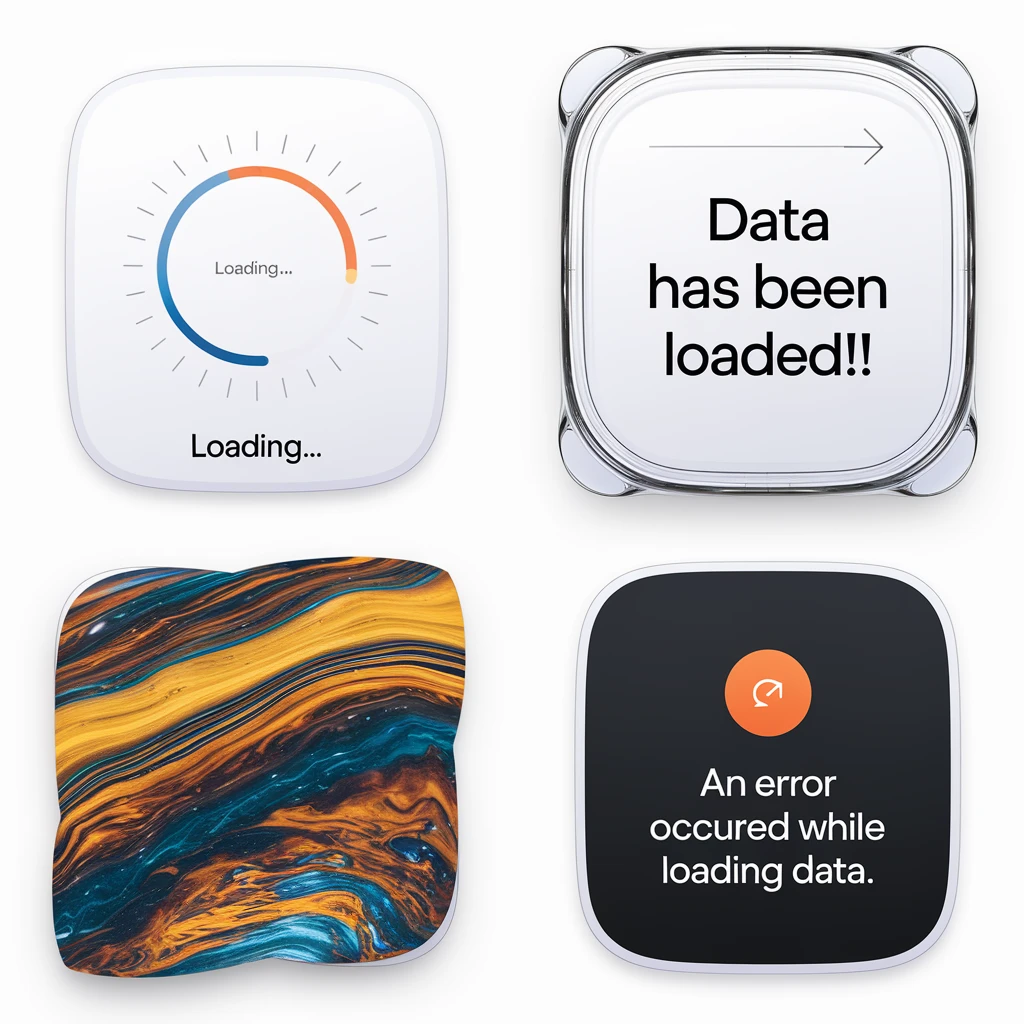
Understanding Loading States in Livewire
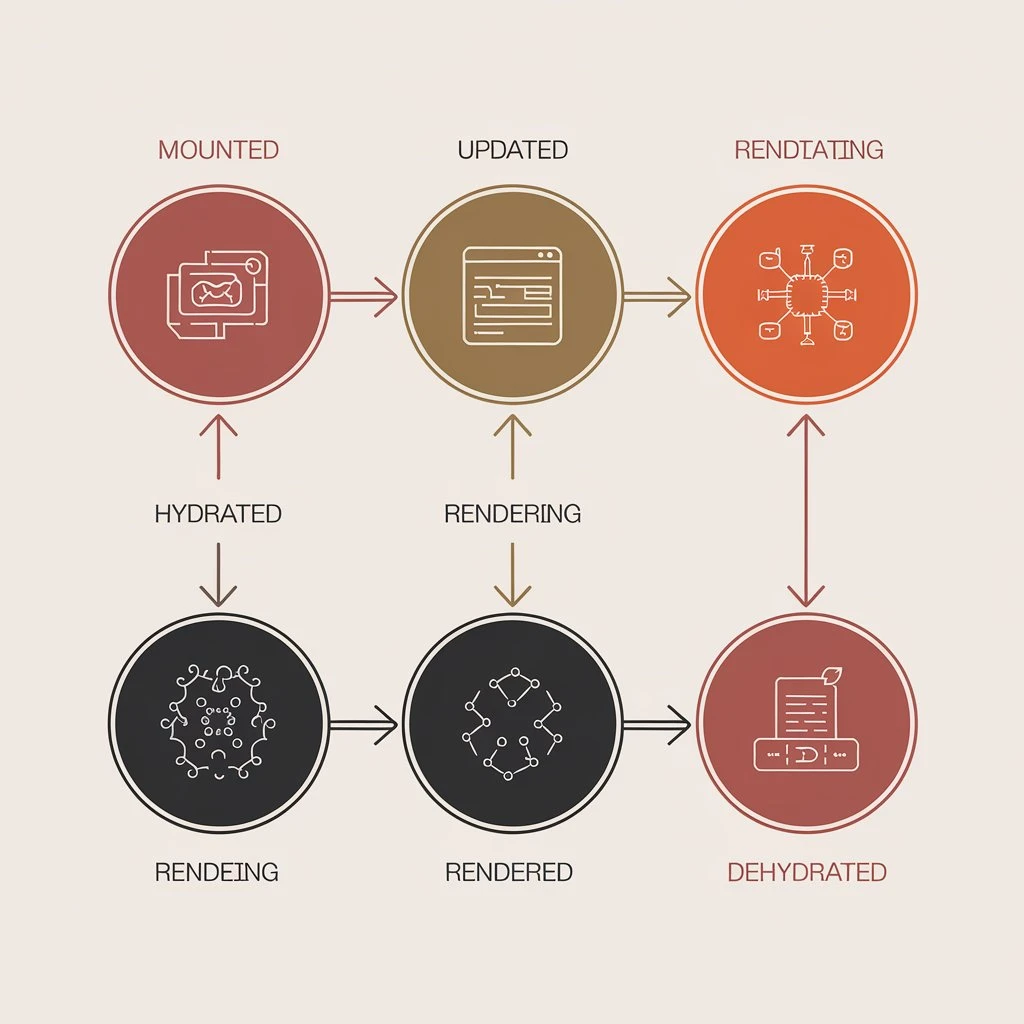
Understanding Lifecycle Hooks in Laravel Livewire

Optimizing Livewire Performance for Faster Web Applications

